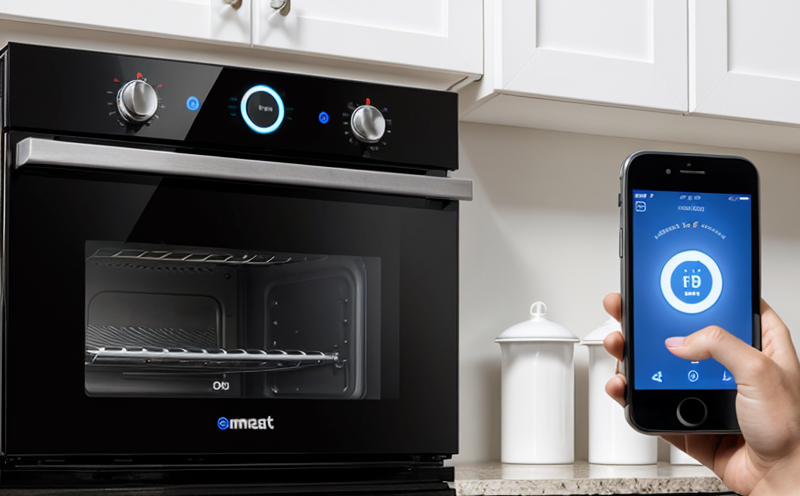EN 50636 Safety and Performance Testing of Smart Household Products
The EN 50636 standard is a crucial reference for manufacturers, quality managers, compliance officers, and R&D engineers working in the smart home sector. This international standard ensures that smart household products meet stringent safety and performance criteria, aligning with consumer expectations and regulatory requirements.
EN 50636 covers a wide range of smart appliances such as smart refrigerators, washing machines, air conditioners, vacuum cleaners, and other connected devices. The standard sets out comprehensive testing protocols that verify the product's safety, interoperability, and performance in real-world scenarios.
Testing under EN 50636 involves a series of rigorous procedures aimed at ensuring compliance with the latest industry standards and regulations. This process includes electrical safety checks, electromagnetic compatibility (EMC) tests, interoperability assessments, and functional performance evaluations. Compliance with these stringent requirements not only enhances consumer trust but also ensures long-term product reliability.
The standard is particularly important for smart home products because it addresses the unique challenges posed by interconnected devices. These include ensuring that multiple devices can communicate seamlessly without interference or security vulnerabilities. Additionally, EN 50636 emphasizes the importance of robust software updates and firmware management to maintain product performance over time.
Manufacturers must undergo a series of tests that are both laboratory-based and field-proven. These tests simulate real-world conditions under which smart appliances will operate. The testing process typically includes:
- Electrical safety checks
- EMC compliance verification
- Interoperability assessments
- Functional performance evaluations
- Environmental stress tests (temperature, humidity)
- User interface testing for ease of use and accessibility
The comprehensive nature of EN 50636 ensures that smart household products are not only safe but also reliable and user-friendly. Compliance with this standard is a critical step in the product development lifecycle, helping manufacturers navigate complex regulatory landscapes.
Industry Applications
| Application Area | Description |
|---|---|
| Smart Refrigerators | Testing for energy efficiency, temperature control accuracy, and communication with smart home hubs. |
| Washing Machines | Evaluating washing performance, water consumption, and integration with other smart devices. |
| Air Conditioners | Ensuring energy efficiency, temperature regulation accuracy, and seamless communication within the home network. |
| Vacuum Cleaners | Testing for cleaning performance, noise levels, and compatibility with smart home systems. |
Customer Impact and Satisfaction
- Enhanced safety: Ensures that products meet the highest standards of electrical safety.
- Improved performance: Guarantees that smart appliances function as intended, enhancing user experience.
- Better interoperability: Enables seamless communication between devices, creating a more integrated home environment.
- Increased trust: Compliance with international standards builds consumer confidence in the product's quality and reliability.
- Easier troubleshooting: Clear testing protocols facilitate easier identification of issues during production and use.
Environmental and Sustainability Contributions
The EN 50636 standard plays a pivotal role in promoting sustainability by emphasizing energy efficiency, environmental stress testing, and the integration of smart home products into broader sustainable practices. By ensuring that products are designed with these factors in mind, manufacturers can contribute to reducing energy consumption and promoting greener living.
Compliance with EN 50636 also supports the development of smart home ecosystems that are built on sustainable principles. This includes the use of renewable energy sources and the minimization of electronic waste through robust design and end-of-life recycling programs.
The standard encourages manufacturers to adopt lifecycle management practices, from raw material sourcing to product disposal. By adhering to these guidelines, companies can significantly reduce their environmental footprint while contributing to a more sustainable future.





